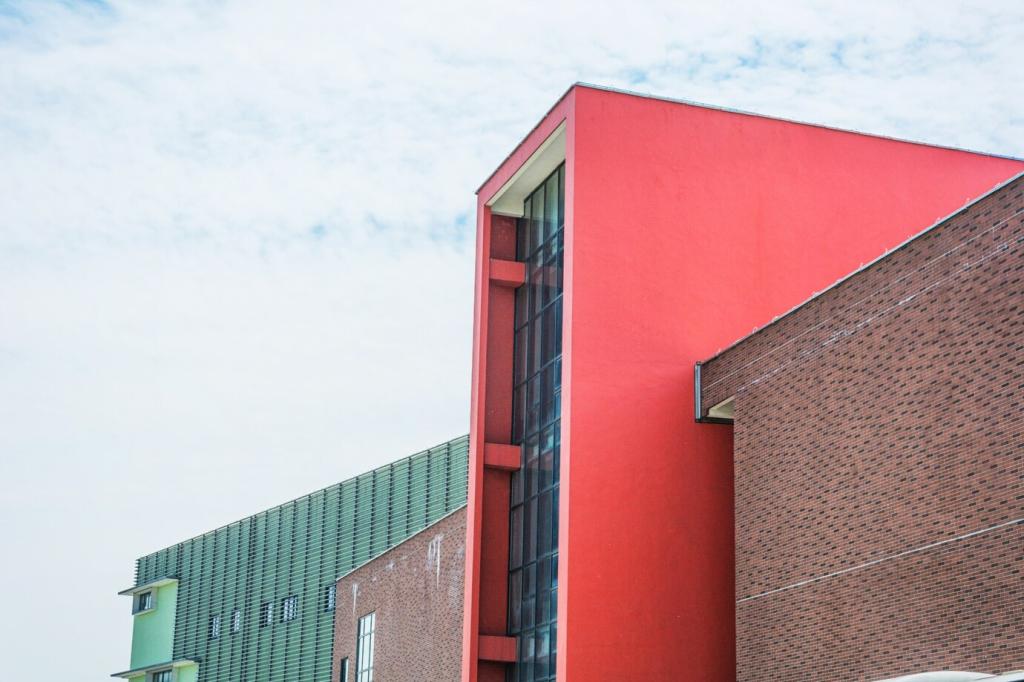Energy-Efficient Home Design Ideas
Explore the world of energy-efficient home design and unlock the potential to reduce your energy bills, minimize your ecological footprint, and enhance indoor comfort. In today’s environmentally conscious world, integrating efficiency into your living space not only benefits your wallet but also promotes sustainable living. The following sections detail key principles, practical tips, and modern solutions to optimize your home’s energy performance while maintaining beauty and functionality.

Positioning your home to take full advantage of the sun’s path is crucial for passive heating and cooling. South-facing windows allow winter sunlight to warm the interior while roof overhangs or shading devices block excessive summer heat. Thoughtful window placement ensures ample natural light, reducing the need for artificial lighting. By capitalizing on seasonal solar patterns, your home maintains more consistent temperatures with minimal mechanical intervention. Proper orientation is one of the most cost-effective energy-efficient strategies, requiring minimal ongoing maintenance once established.
Passive Design Principles
Efficient Heating and Cooling Solutions
Heat pumps are one of the most efficient methods for heating and cooling your home. Unlike traditional furnaces or air conditioners, heat pumps transfer heat rather than generating it, making them highly efficient even in colder climates. Air-source and ground-source (geothermal) heat pumps can provide both warmth in winter and cooling in summer, often delivering two to three times more energy than they consume. Modern units are quiet, reliable, and can be integrated with existing ductwork or installed as ductless mini-splits, making them a versatile choice for both new construction and retrofits.
Previous
Next
Energy-Saving Materials and Construction
Advanced Window Glazing
Windows play a dual role in a home’s energy use, contributing to both heat loss and gain. Advanced double- or triple-glazed windows with low-emissivity (Low-E) coatings significantly enhance insulation properties while letting in natural light. Gas fills and thermally broken frames further reduce unwanted heat transfer. High-performance windows cut down on drafts and noise pollution, maintain consistent temperatures throughout your home, and help lower your reliance on heating and cooling systems—all while maintaining aesthetic appeal.
Sustainable Building Materials
Utilizing sustainable materials supports energy efficiency and has a broader positive environmental impact. Products such as recycled steel, bamboo flooring, reclaimed wood, and low-VOC paints reduce your home’s carbon footprint and often offer superior durability. Insulated concrete forms (ICFs) and structural insulated panels (SIPs) provide high levels of thermal performance, resulting in tighter, more resilient building envelopes. Sustainable materials typically require less energy to produce and can contribute to healthier indoor air quality, benefiting both occupants and the planet.
Airtight Construction Techniques
Achieving airtightness in home construction is pivotal for preventing unwanted air infiltration and maintaining climate control. Employing advanced sealing techniques, such as taping sheathing joints, using spray foam insulation, and careful caulking, reduces heat loss and moisture intrusion. Mechanical ventilation with heat recovery can then supply a constant stream of fresh air without sacrificing efficiency. Airtight construction methods have become industry best practice for high-performance homes, resulting in reduced utility bills, greater comfort, and improved structural durability.
